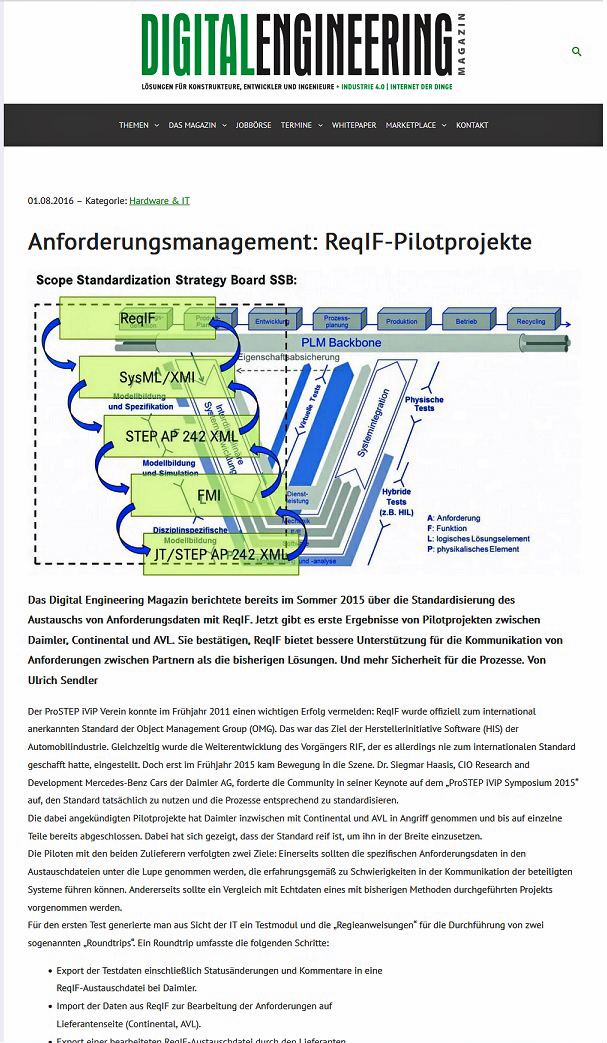Trade journalist for case studies, whitepapers and more on Digitalization
Content – well written by the expert
As a trained toolmaker and NC programmer, as an engineer and industrial software developer, I went back to my origins as a writer and copywriter many years ago out of a desire for the written word.
Not many technical journalists have this background. And this background with such writing – that is very rare and therefore the basis of my work.
I pick out two particularly important types of texts: case study articles and white papers.
Case studies and success stories: description of the solution based on a case study
In industry, IT serves to improve processes, from engineering to production to service.
Nothing can describe better how well it fulfills this task than a look at practical application. This is called a case study or success story.
Nothing convinces a prospective customer of a new software solution better than the succinct experience of somone who uses it.
I benefit greatly from the fact that I know and understand the language of users and prospects. So I ask the right questions and describe the use of the software in an understandable way.
Nevertheless, my stories from the customer application are not technical jargon. I always keep in mind that they have to be interesting for the potential user, but above all they should convince those in the company who are responsible for IT or even for the entire technology or for the budget.
I’m not just an investigative technology reporter. I’m also an interpreter between technology and management.
Typical example of a case study, here in the trade journal IT&Production. Topic: Use of PDM and DMS from Procad at Allgaier.
Whitepaper: More than an article – but not a book
First a whitepaper for prostep ivip, and then an article about it in the Digital Engineering Magazine. Communicative accompaniment of a standardization.
Whether a new, innovative hardware or software solution or an industry standard, whether technological infrastructure or corporate strategy – white papers can be found on more and more homepages on almost any topic.
Formally, there are no rules for creating them. Sometimes just a few pages are referred to as such, sometimes it goes on for 15 or even 30 pages, and sometimes it is believed that a doctoral thesis and a technical book are the benchmark.
Who should the whitepaper reach? The clean definition of the target group is always the first step. It makes a difference whether the paper is aimed at experts, end users or decision-makers.
The language and the writing must do justice to whoever is reading the text. From the headline to the final sentence. Otherwise he won’t read it.
And the goal that the text is supposed to reach with the target group, the communication goal, wants to be just as clearly defined.
There is a difference between breaking down a demanding topic in such a way that it can be understood by a very broad readership and explaining the central details of a new technology to experts.
Without a communication goal, there is no targeted communication, i.e. no successful communication.
The scope and structure then depend on the targeted objectives. Not the other way around.
With words, the value is not in the quantity. It is proven when the right readers are reached and the white paper is helpful in further communication with them.

